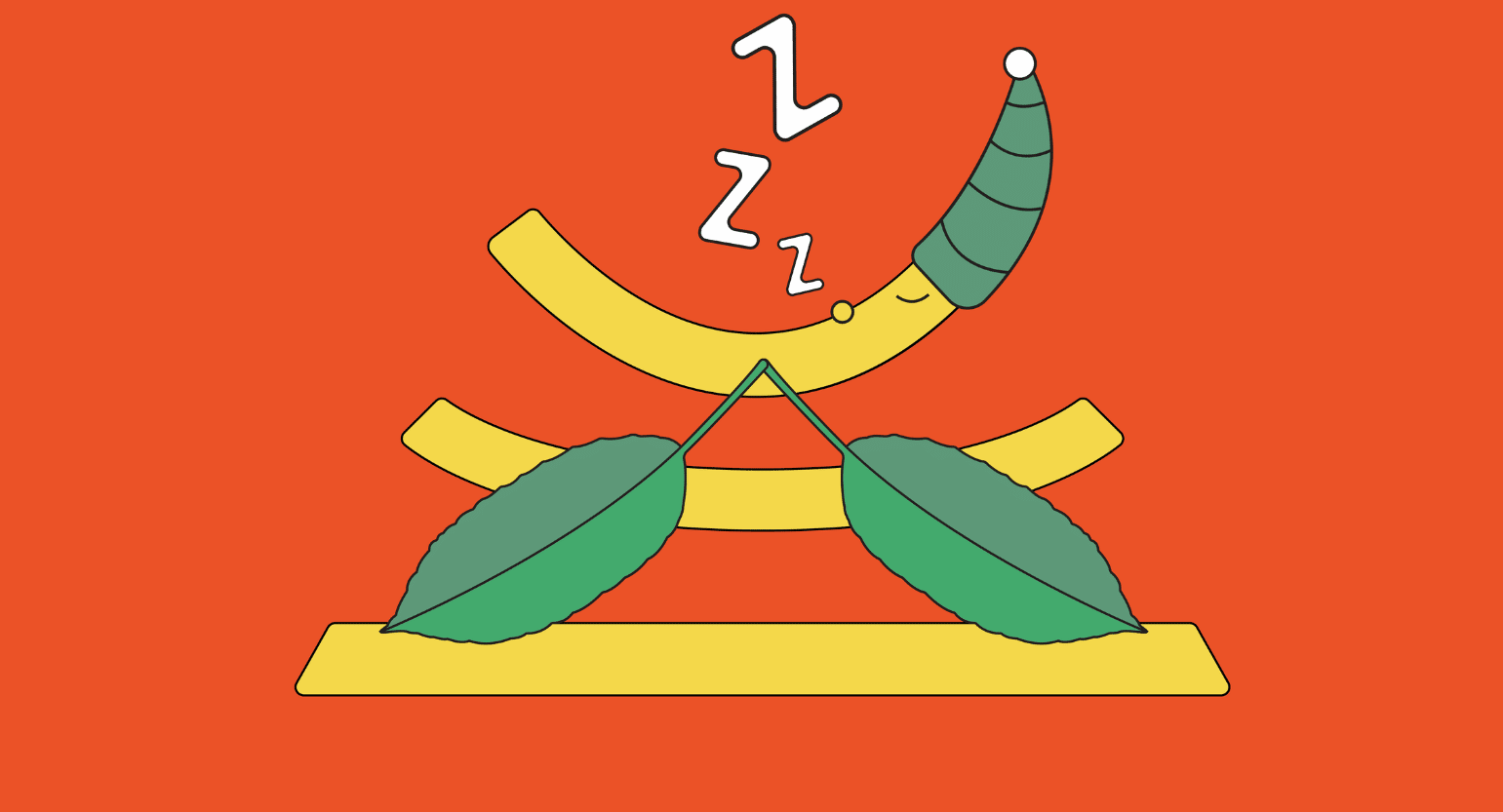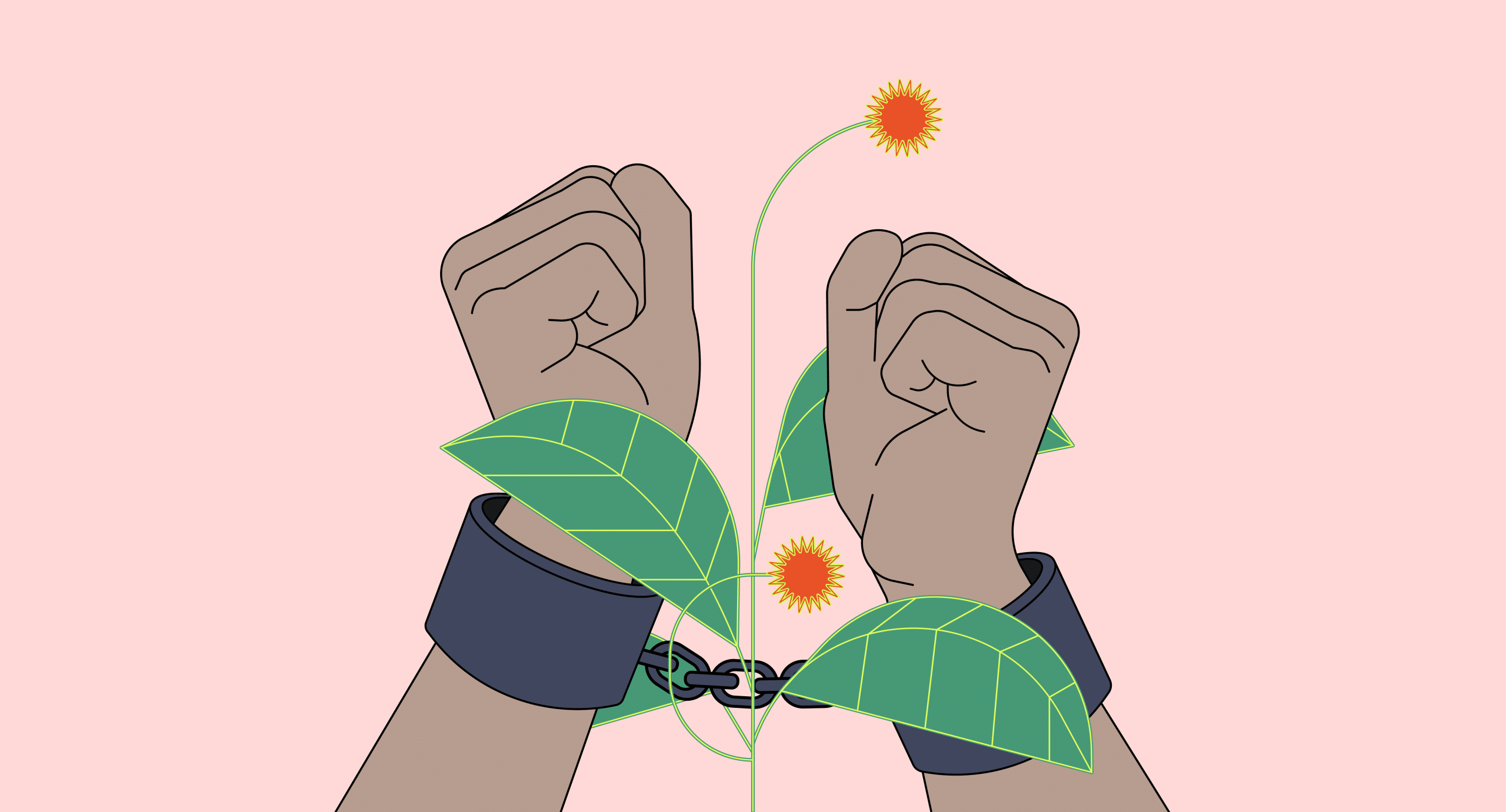Why Use Potentiators?
The idea of potentiators may seem strange if you’re just starting with kratom. Yet, it can be a valuable tool for therapeutic and veteran kratom users alike.
For example, opioid users often consume alcohol or grapefruit juice to boost their drugs, while marijuana users do the same with mango. As you can imagine, using potentiators with harder drugs can be dangerous — but it’s mostly safe for kratom.
Furthermore, using a potentiator with your kratom will help you mask the taste, increase its duration, and boost your dose overall. This is a great way to save money, as it can reduce the amount you need to take by almost half.
Still, while using them for recreation is sometimes an indicator of addiction, they are an invaluable tool for therapeutic users. People who use kratom to manage chronic conditions will quickly develop tolerance, and potentiators help bypass this problem.
Which Are the Best Kratom Potentiators?
There are many substances you can use to boost the effects of kratom. Some, like ketamine, should be used carefully and in small quantities. Others, like lemon juice, are safe to use for most kratom users.
If you’re a beginner and are still confused by what a potentiator is, don’t worry. This section will break down the top-rated potentiators for kratom and how they work.

Lemon
Citrus fruits like lemon juice usually contain enzymes that help break down kratom within your body. Lemon juice aids in pulling the herb’s alkaloids, but it also slows down the process — effectively making your dose last longer.

Grapefruit Juice
Grapefruit juice is one of the most potent potentiators out there. It inhibits the cytochrome enzymes, which are crucial in the metabolism of most drugs, making them last longer. We advise caution with this one, as it can be too powerful a potentiator for some.
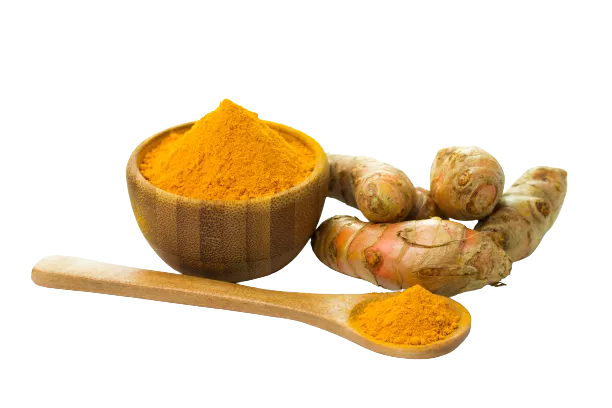
Turmeric
Turmeric contains curcumin, a compound that significantly slows down the metabolism in your body. Ideally, you should use the kratom and turmeric combo on an empty stomach to reap the most benefits.

Coffee
Coffee perfectly complements the stimulant effects of kratom, such as those of white-vein strains. This synergy results in a more substantial energy boost while also retaining all the nootropic effects of both drugs.
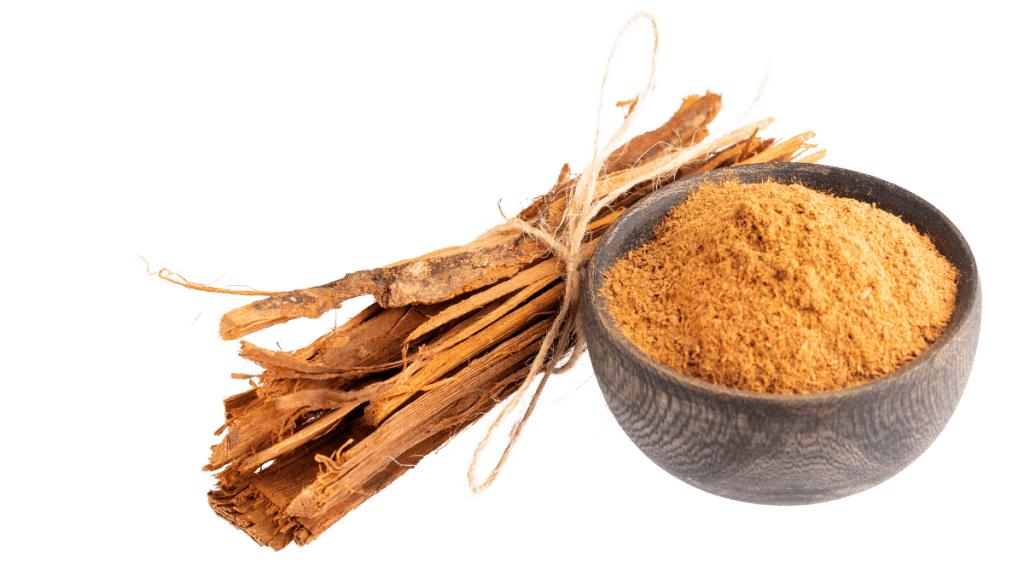
Cat’s Claw
While there isn’t any formal explanation of how it works, many users report that cat’s claw can reduce the tolerance levels of kratom. Plus, it carries several other benefits, such as boosting the immune system and being a potent anti-inflammatory.
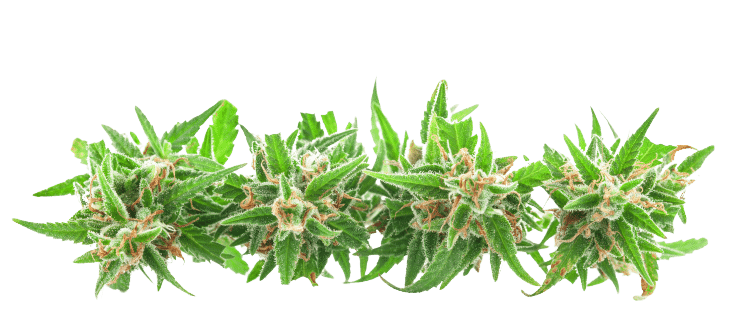
CBD
CBD is a cannabinoid that offers similar therapeutic benefits to those of kratom. However, that’s not the only reason why it works as a potentiator. It’s also a strong inhibitor of enzymes responsible for quickly breaking down kratom.

Freezing
While it may seem strange, freezing your kratom is one of the most effective ways of potentiating it. The basic premise is that extreme cold can break down the plant’s cell walls, allowing for an easier alkaloid breakdown.
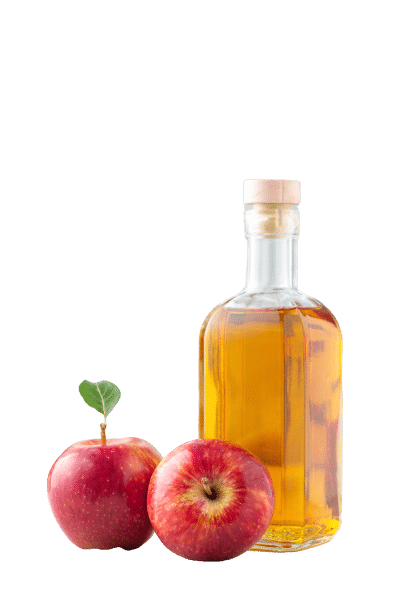
Other Potentiators
Dozens of other potentiators can help you get the most out of your kratom dose. Also, there are probably many that haven’t been discovered yet, so make sure to share your knowledge if you find an effective combo.
Here are some other common kratom potentiators:
- Apple cider vinegar
- Chamomile
- Watercress
- Ketamine
- Magnesium
- Agmatine
However, there is one that we consider one of the best kratom potentiators out there. Cayenne pepper is relatively unknown among the kratom community, but it has some of the most promising features for a kratom potentiator. Read all about it in the next section.

Why Use Kratom & Cayenne Pepper?
You may already be familiar with cayenne pepper due to its use in the kitchen as a way to lift your cooking recipes’ flavor. But, not many kratom enthusiasts know that you can use it to potentiate kratom.
This spice is known for aiding digestion and boosting saliva production, which helps get the most out of your dose. It also has dozens of benefits, such as preventing stomach infections and improving cardiovascular health.
Another perk of cayenne pepper is that it’s easy to mix with your kratom — especially when combined with powder. Instead of taking a small amount with each dose, you can add the pepper all at once when you buy the powder.
Its only downside is that it may be hard for some people to get accustomed to this potentiator’s spicy taste. However, you can bypass this by taking it in capsules or lowering the ratio of the mix.
Is It Safe to Take Kratom with Cayenne Pepper?
Yes, it’s safe to mix kratom and cayenne pepper.
While there isn’t any dedicated research regarding this combo, there isn’t any reason to think it’s dangerous. Cayenne pepper has many therapeutic benefits, while kratom is safe to use in moderation.
However, it’s essential to know how much you should take:
- Kratom shouldn’t go above 8 grams —larger doses are best for veteran users. Any amount above 12 grams is considered dangerous.
- Cayenne pepper is mostly safe — lethal doses are almost impossible to reach. Still, keep in mind that taking too much may cause stomach aches and vomiting.
As long as you thoroughly control the intake of both compounds, you shouldn’t face many risks. To give you an idea, you would need to take more than 10 grams of kratom and a few whole peppers to get dangerous side effects.
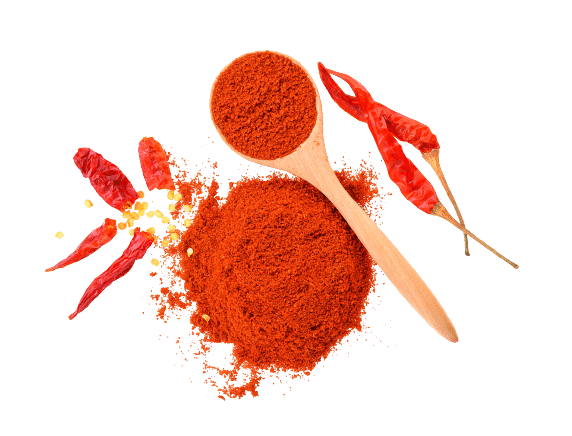
How to Take Kratom With Cayenne Pepper
Start by mixing a teaspoon of cayenne pepper per gram of kratom powder to check if you can handle the flavor. That will be the sweet spot for flavor and strength for many people. If not, try using a lower ratio to get your tastebuds accustomed to the spicy kick.
As we’ve already mentioned, it’s also possible to take that mix and put it inside a capsule. This is ideal for those who can’t stand the flavor, but you should be mindful of how much you put in each. Taking more kratom than recommended can lead to side effects.
Proper Dosage of Kratom
Kratom is a complex substance, and finding the proper dose may be challenging if you’re a beginner. Dozens of factors come into play when learning how much you need to take.
However, some general guidelines will give you a rough idea of a regular dose of kratom. For example, most people consider anything below 6 grams a light dose, while anything above that is rather heavy.
In general, you should take a larger dose if:
- You’re looking for sedative effects
- You want to reap the most out of its painkilling benefits
- You weigh more than usual or have a bulkier body frame
Light doses are suited for people who:
- Chase stimulating effects
- Enjoy the nootropic and cerebral side of kratom
- Weigh less than usual or have a tiny body frame
- Want a boost in mood
Another thing to keep in mind is your tolerance to kratom. If you’re not waiting enough between doses, you may find that kratom isn’t as effective anymore. In that case, we recommend avoiding it for a couple of days to reset your tolerance.
While some people may be tempted to wing their first dose, keep in mind that this could lead to several side effects. Going over the recommended amount of this herb can cause nausea, anxiety, and other ailments.
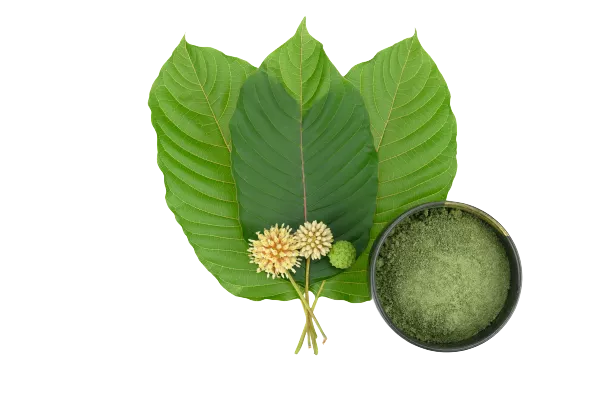
Potential Side Effects of Kratom
Kratom is mostly a safe substance, but using a larger amount than recommended can cause side effects. Even though most of these are temporary and will go away in hours, they can still be annoying and provide an unpleasant experience.
The best way to avoid these problems is by sticking to the usual dose. Also, make sure not to be on any medications while using this herb, and avoid taking it on an empty stomach if you’re a beginner.
Anxiety
It may seem strange that kratom can cause anxiety, as some people use it as an anxiolytic. However, high doses can trigger the adrenaline system, leading to brain fog, irritability, confusion, and anxiety.
Nausea
When you take more kratom than usual, the body’s natural response will be to expel it as soon as possible. Accordingly, you may experience nausea and vomiting.
In some cases, the nausea is caused by the fibrous nature of kratom instead. To avoid that, try to eat something before using this herb.
Depression
Kratom addiction can cause withdrawal symptoms similar to hard drugs, such as opioids. Depression is a common side effect reported among heavy users, along with anxiety and lethargy.
High Blood Pressure
While it’s uncommon, some veteran kratom users speak about having high blood pressure after taking a dose. The most common theory points to addiction as the main suspect for this side effect, although it’s unclear due to lack of research.
Headache
Headaches are a telltale sign that you’ve taken a larger dose than you can handle. Many users believe that kratom can cause this due to the chemical imbalances it generates in the brain, such as in the adrenaline system.
Constipation
Constipation is a direct consequence of kratom’s interaction with the opioid receptors. This system controls aspects such as pain signals and saliva production. More importantly, they can reduce your bowel movement and digestion speed.
Heart Palpitations
Heart palpitations are a common side effect of stimulants such as coffee, amphetamines, and white-vein kratom. Due to increased adrenaline system activity, you may feel your heart beating harder and faster than usual.
Diarrhea
Diarrhea is frequent among people who are going through a kratom withdrawal. This happens because the body is accustomed to countering kratom’s constipation. That balance becomes unstable when you take the substance away and ends up causing stomachaches and diarrhea.

What Are the Different Types of Kratom?
Kratom strains are a crucial aspect to keep in mind when looking to get specific effects. Because of slight chemical differences, some types of kratom are better for certain purposes than others.
Green Vein Kratom
Green vein kratom is considered the “standard” strain due to its well-balanced effect profile, versatility, and availability. If you’re a beginner and not looking for any particular effect, green-vein strains are the way to go.
These are the top three green-vein kratom strains:
White Vein Kratom
White vein kratom is known for being stimulating, energizing, and mood-enhancing. Plus, due to its nootropic properties, it allows you to remain focused during the experience. It’s ideal for students looking to pull all-nighters.
These are the top three white-vein kratom strains:
Red Vein Kratom
On the other hand, red vein kratom is sedative and relaxing. Most users praise these varieties for their exceptional painkilling, anxiolytic, and anti-stress properties. They also promote restorative sleep and muscle relaxation.
These are the top three red-vein kratom strains:
Yellow Vein Kratom
While yellow vein kratom is much rarer than the previous types, it still provides fantastic properties. Its effect profile is unstable, but it retains all of kratom’s therapeutic benefits.
These are the top three yellow-vein kratom strains:

Conclusion: Cayenne Pepper & Kratom
Kratom potentiators are a common way to boost the value of your kratom products. While most of them are safe, keep in mind that they may not be suited for beginners. Furthermore, avoid them if you haven’t researched the possible side effects.
Cayenne pepper, however, is one of the best potentiators out there due to its few side effects. It’s hard to go wrong with this one, though you should never forget to tweak your ratio according to your preferences.




